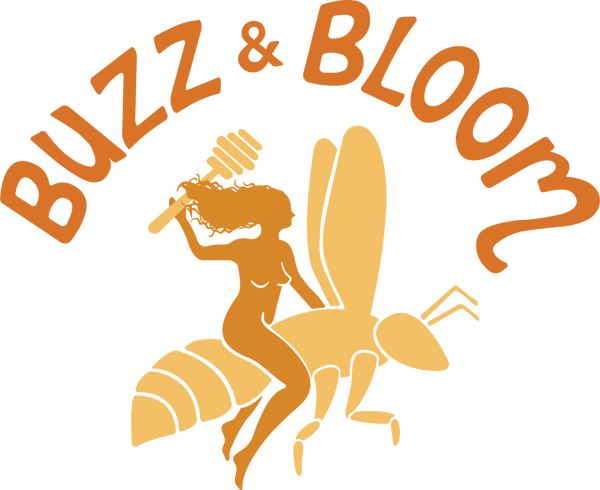
 While walking through the parks and forests in Whatcom county, Stinging Nettle (Urtica dioica) poke their heads up in bogs, along creeks and rivers, and in moist undergrowth. Despite their prickly reputation, these nutrient-rich greens are a forager's delight. Harvest the tender shoots and leaves before they flower, being sure to don gloves to avoid the sting. Once harvested, stinging nettle can be transformed into a myriad of culinary delights, from nourishing soups and teas to vibrant pestos and sautés.
While walking through the parks and forests in Whatcom county, Stinging Nettle (Urtica dioica) poke their heads up in bogs, along creeks and rivers, and in moist undergrowth. Despite their prickly reputation, these nutrient-rich greens are a forager's delight. Harvest the tender shoots and leaves before they flower, being sure to don gloves to avoid the sting. Once harvested, stinging nettle can be transformed into a myriad of culinary delights, from nourishing soups and teas to vibrant pestos and sautés.
Pistachio Nettle Pesto
Lightly blanch nettles in a pot of boiling water then allow to lightly dry off excess water. In a food processor pulse salt, pepper, pistachios, & garlic. Then, add your nettles, olive oil, and parmesan. Add water a Tbsp at a time as needed. Enjoy!
1 large bunch of cleaned nettles
Kosher salt
Black Pepper
⅓ cup raw pistachios
¼ cup extra-virgin olive oil
1 garlic clove
1oz. Parmesan, finely grated, plus more for serving
 In the late winter and early days of spring Black Cottonwood Bud (Populus balsamifera ssp. trichocarpa) burst forth with a bounty of sticky, resinous buds. These aromatic gems are prized for their medicinal properties. Harvest the buds before they open, capturing their essence at its peak. The best window for harvesting is during a break in the rain, to allow the buds to dry before harvest. Infuse them into oils for soothing salves and balms.
In the late winter and early days of spring Black Cottonwood Bud (Populus balsamifera ssp. trichocarpa) burst forth with a bounty of sticky, resinous buds. These aromatic gems are prized for their medicinal properties. Harvest the buds before they open, capturing their essence at its peak. The best window for harvesting is during a break in the rain, to allow the buds to dry before harvest. Infuse them into oils for soothing salves and balms.


While magnolia trees are commonly found in neighborhoods, harvesting can sometimes pose a challenge. However, I see it as an opportunity to connect with new neighbors. Offering to pick blossoms in exchange for a jar of pickled petals or sweet magnolia syrup, fostering a sense of community and sharing in the joy of spring.

From delicate blossoms to rich stinging greens, foraging is a cherished practice that keeps us intimately connected to the rhythm of the seasons. Each year, as my favorite forages emerge, it feels like welcoming back old friends and fills me with a contagious excitement for the season to come.
But our foraging adventures are about more than just culinary exploration and curiosity. They serve a crucial ecological purpose, too. These spring plants aren't just nourishing for us; they're vital lifelines for our local pollinators. From honeybees to native bees, these unsung heroes rely on the abundance of pollen and nectar provided by the plants we forage.
As you delve into your own foraging journeys, I hope this guide has inspired you to not only explore the edible wonders of spring but also to appreciate the intricate relationships that sustain us all. Stay tuned for my summer foraging guide, coming your way in July!

